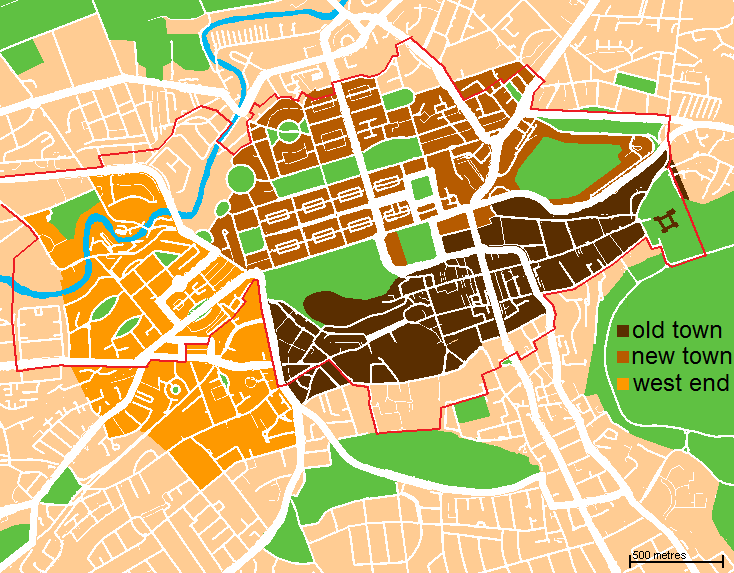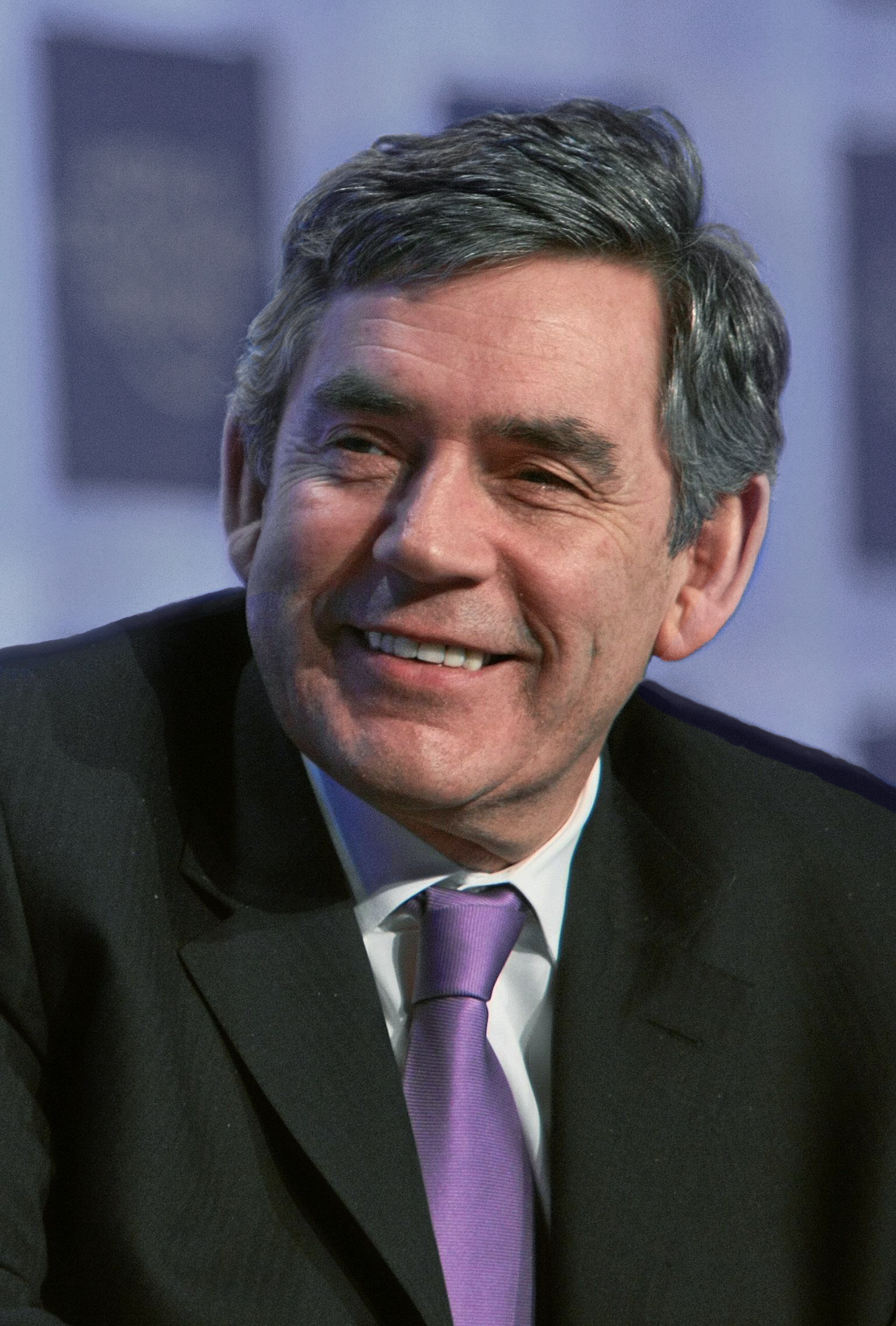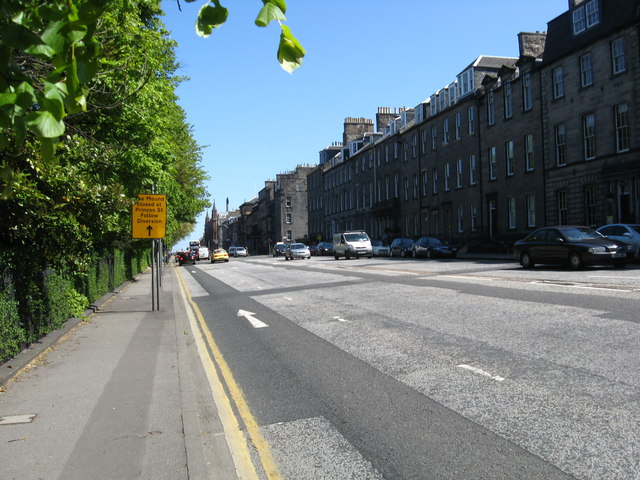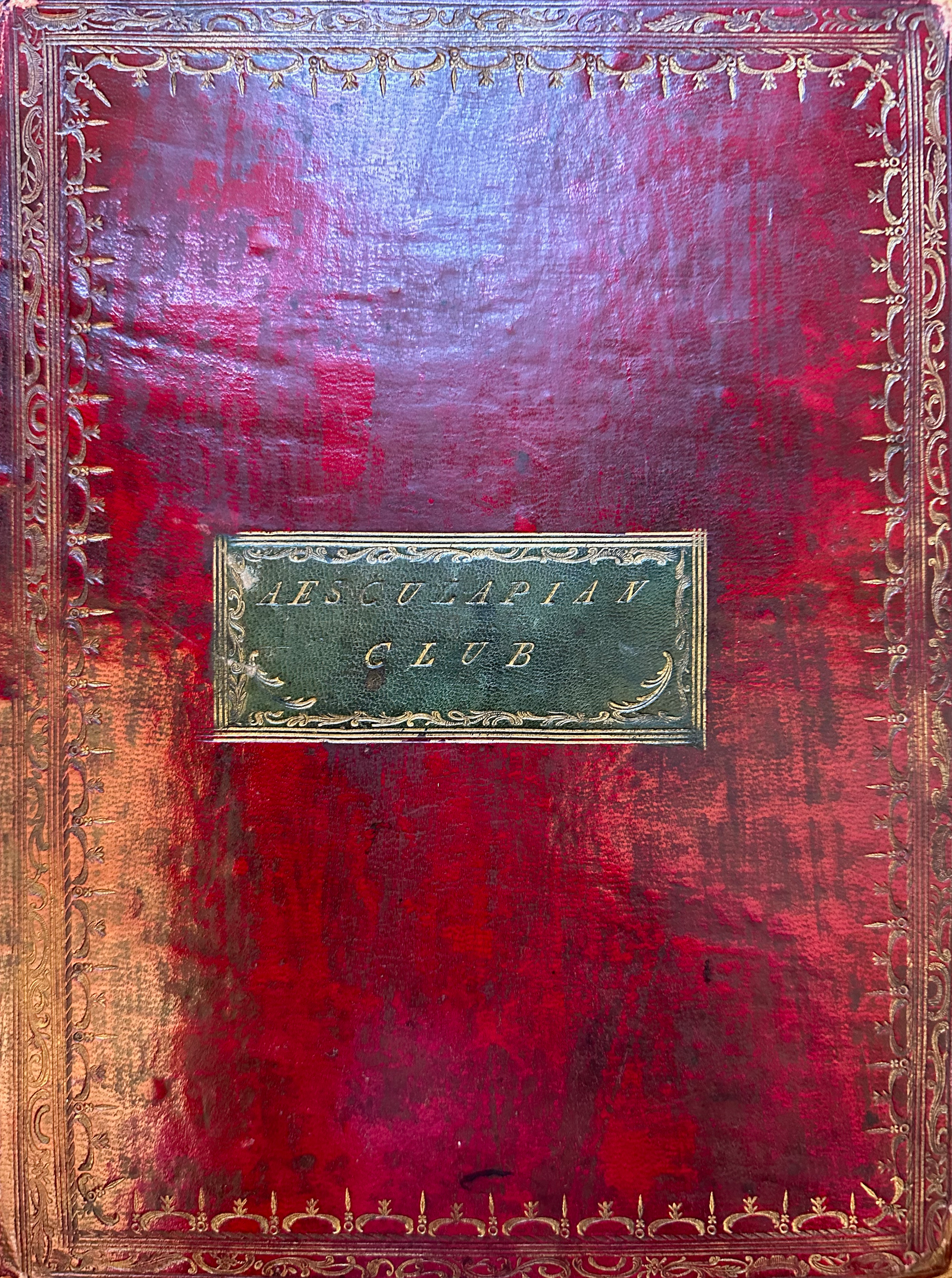|
James Simson (surgeon)
James Simson, FRCSEd (25 August 1795 – 8 March 1876) was a Scottish surgeon, who worked for most of his career at the New Town Dispensary and was surgeon to the Edinburgh prison. He was president of the Royal College of Surgeons of Edinburgh from 1844-45 and again in 1873. Early life and education Simson was born in Tulliallan, Perthshire, son of Rev David Simson (1740 –1821), minister at Tulliallan and his wife Ann (née Patterson). Little is known of his schooling but he studied medicine at the University of Edinburgh, graduating MD in 1816 with an essay entitled ''Disputatio inauguralis de vitiis variis genu, quaedam pathologica complectens'' (An essay on various conditions of the knee including pathology). He went on to qualify as a Fellow of the Royal College of Surgeons of Edinburgh in July 1825 with a probationary essay on infanticide. Career Simson had a large surgical practice in Edinburgh, was Medical Officer to the New Town Dispensary and also served as sur ... [...More Info...] [...Related Items...] OR: [Wikipedia] [Google] [Baidu] |
FRCSEd
The Royal College of Surgeons of Edinburgh (RCSEd) is a professional organisation of surgeons. The College has seven active faculties, covering a broad spectrum of surgical, dental, and other medical practices. Its main campus is located on Nicolson Street, Edinburgh, within the Surgeons' Hall, designed by William Henry Playfair, and adjoining buildings. The main campus includes a skills laboratory, the Surgeons' Hall Museums, a medical and surgical library, and a hotel. A second office was opened in Birmingham (UK) in 2014 and an international office opened in Kuala Lumpur, Malaysia, in 2018. It is one of the oldest surgical corporations in the world and traces its origins to 1505, when the Barber Surgeons of Edinburgh were formally Incorporated Trades of Edinburgh, incorporated as a craft of Edinburgh. The Royal College of Surgeons in Ireland, Barber-Surgeons of Dublin was the first medical corporation in Ireland or Britain, having been incorporated in 1446 (by Royal Decre ... [...More Info...] [...Related Items...] OR: [Wikipedia] [Google] [Baidu] |
New Town, Edinburgh
The New Town is a central area of Edinburgh, the capital of Scotland. It was built in stages between 1767 and around 1850, and retains much of its original neo-classical and Georgian period architecture. Its best known street is Princes Street, facing Edinburgh Castle and the Old Town across the geological depression of the former Nor Loch. Together with the West End, the New Town was designated a UNESCO World Heritage Site alongside the Old Town in 1995. The area is also famed for the New Town Gardens, a heritage designation since March 2001. Proposal and planning The idea of a New Town was first suggested in the late 17th century when the Duke of Albany and York (later King James VII and II), when resident Royal Commissioner at Holyrood Palace, encouraged the idea of having an extended regality to the north of the city and a North Bridge. He gave the city a grant:That, when they should have occasion to enlarge their city by purchasing ground without the town, or to b ... [...More Info...] [...Related Items...] OR: [Wikipedia] [Google] [Baidu] |
Alumni Of The University Of Edinburgh Medical School
Alumni (singular: alumnus (masculine) or alumna (feminine)) are former students of a school, college, or university who have either attended or graduated in some fashion from the institution. The feminine plural alumnae is sometimes used for groups of women. The word is Latin and means "one who is being (or has been) nourished". The term is not synonymous with "graduate"; one can be an alumnus without graduating (Burt Reynolds, alumnus but not graduate of Florida State, is an example). The term is sometimes used to refer to a former employee or member of an organization, contributor, or inmate. Etymology The Latin noun ''alumnus'' means "foster son" or "pupil". It is derived from PIE ''*h₂el-'' (grow, nourish), and it is a variant of the Latin verb ''alere'' "to nourish".Merriam-Webster: alumnus .. Separate, but from the ... [...More Info...] [...Related Items...] OR: [Wikipedia] [Google] [Baidu] |
Alumni Of The University Of Edinburgh
This is a list of notable graduates as well as non-graduate former students, academic ranks in the United Kingdom, academic staff, and university officials of the University of Edinburgh in Scotland. It also includes those who may be considered alumni by extension, having studied at institutions that later merged with the University of Edinburgh. The university is associated with 19 Nobel Prize laureates, three Turing Award winners, an Abel Prize laureate and Fields Medallist, four Pulitzer Prize winners, three List of prime ministers of the United Kingdom by education, Prime Ministers of the United Kingdom, and several Olympic Games, Olympic gold medallists. Government and politics Heads of state and government United Kingdom Cabinet and Party Leaders Scottish Cabinet and Party Leaders Current Members of the House of Commons * Wendy Chamberlain, MP for North East Fife (UK Parliament constituency), North East Fife * Joanna Cherry, MP for Edinburgh South West (UK Pa ... [...More Info...] [...Related Items...] OR: [Wikipedia] [Google] [Baidu] |
People From Perthshire
A person ( : people) is a being that has certain capacities or attributes such as reason, morality, consciousness or self-consciousness, and being a part of a culturally established form of social relations such as kinship, ownership of property, or legal responsibility. The defining features of personhood and, consequently, what makes a person count as a person, differ widely among cultures and contexts. In addition to the question of personhood, of what makes a being count as a person to begin with, there are further questions about personal identity and self: both about what makes any particular person that particular person instead of another, and about what makes a person at one time the same person as they were or will be at another time despite any intervening changes. The plural form "people" is often used to refer to an entire nation or ethnic group (as in "a people"), and this was the original meaning of the word; it subsequently acquired its use as a plural form of ... [...More Info...] [...Related Items...] OR: [Wikipedia] [Google] [Baidu] |
1876 Deaths
Events January–March * January 1 ** The Reichsbank opens in Berlin. ** The Bass Brewery Red Triangle becomes the world's first registered trademark symbol. * February 2 – The National League of Professional Base Ball Clubs is formed at a meeting in Chicago; it replaces the National Association of Professional Base Ball Players. Morgan Bulkeley of the Hartford Dark Blues is selected as the league's first president. * February 2 – Third Carlist War – Battle of Montejurra: The new commander General Fernando Primo de Rivera marches on the remaining Carlist stronghold at Estella, where he meets a force of about 1,600 men under General Carlos Calderón, at nearby Montejurra. After a courageous and costly defence, Calderón is forced to withdraw. * February 14 – Alexander Graham Bell applies for a patent for the telephone, as does Elisha Gray. * February 19 – Third Carlist War: Government troops under General Primo de Rivera drive ... [...More Info...] [...Related Items...] OR: [Wikipedia] [Google] [Baidu] |
1795 Births
Events January–June * January – Central England records its coldest ever month, in the CET records dating back to 1659. * January 14 – The University of North Carolina opens to students at Chapel Hill, becoming the first state university in the United States. * January 16 – War of the First Coalition: Flanders campaign: The French occupy Utrecht, Netherlands. * January 18 – Batavian Revolution in Amsterdam: William V, Prince of Orange, Stadtholder of the Dutch Republic (Republic of the Seven United Netherlands), flees the country. * January 19 – The Batavian Republic is proclaimed in Amsterdam, ending the Dutch Republic (Republic of the Seven United Netherlands). * January 20 – French troops enter Amsterdam. * January 23 – Flanders campaign: Capture of the Dutch fleet at Den Helder: The Dutch fleet, frozen in Zuiderzee, is captured by the French 8th Hussars. * February 7 – The Eleventh Amendment to the United St ... [...More Info...] [...Related Items...] OR: [Wikipedia] [Google] [Baidu] |
James Scarth Combe
James Scarth Combe FRSE, FRCSEd (1796–1883) was a British surgeon. He was the first person to give an accurate description of pernicious anaemia and to recognise that atrophic gastritis was a feature of the condition. He was elected a Fellow of the Royal Society of Edinburgh in 1850 and served as President of the Royal College of Surgeons of Edinburgh in 1851–52. Early life and education Combe came from a family of brewers based in Edinburgh and appears to have been second cousin to George and Andrew Combe, who come from the same brewing family. He was born in Leith on 5 January 1796 to Matthew Combe, a brewer at the Yardheads. After studying medicine at the University of Edinburgh, he received his doctorate (MD) in 1815 and was licensed as a surgeon (LRCSEd) in the same year. While taking the MD examination, he was being questioned by Prof Andrew Duncan when the guns of Edinburgh Castle fired to mark the victory at Waterloo and end of the Napoleonic Wars. He was elected ... [...More Info...] [...Related Items...] OR: [Wikipedia] [Google] [Baidu] |
Queen Street, Edinburgh
Queen Street is the northernmost east-west street in Edinburgh's First New Town. It begins in the east, at the Scottish National Portrait Gallery. It links York Place with the Moray Estate. It was named "Queen Street" after Queen Charlotte of Mecklenburg-Strelitz, the wife of George III of the United Kingdom and was so named on James Craig's plan of the New Town issued by the Town Council in 1768. Most early maps repeat this name but others misname it Queen's Street or Queens Street. History The street forms part of James Craig's plan of 1768 for a New Town to the north of Edinburgh's Old Town and the North Loch. This had three main east-west streets: Princes Street; George Street; and Queen Street. Queen Street was planned as a one-sided street, facing north over then fields towards the Firth of Forth. The first 30 metres beyond the road itself was originally laid out as private individual gardens to some of the Queen Street residents. Not until the opposite side was ... [...More Info...] [...Related Items...] OR: [Wikipedia] [Google] [Baidu] |
Tulliallan
Tulliallan (Gaelic ''tulach-aluinn'', 'Beautiful knoll') was an estate in Perthshire, Scotland, near to Kincardine, and a parish. The Blackadder lairds of Tulliallan, a branch of the Blackadder border clan, wielded considerable power in the 15th and 16th centuries. The modern Tulliallan Castle is relatively recent, built in 1812-1820 and now the home of the Scottish Police College Parish The original parish of Tulliallan covered only the barony of Tulliallan. In 1673 it was extended to include the barony of Kincardine and the lands of Lurg, Sands and Kellywood, formerly included in the neighbouring Culross parish. For many years the parishes of Culross and Tulliallan formed an exclave some miles away from the rest of Perthshire, on the boundaries of Clackmannanshire and Fife. Culross and Tulliallan were transferred to Fife based on the recommendations of the boundary commission appointed under the Local Government (Scotland) Act 1889. The parish is bounded on the west and ... [...More Info...] [...Related Items...] OR: [Wikipedia] [Google] [Baidu] |
James Young Simpson
Sir James Young Simpson, 1st Baronet, (7 June 1811 – 6 May 1870) was a Scottish obstetrician and a significant figure in the history of medicine. He was the first physician to demonstrate the anesthetic, anaesthetic properties of chloroform on humans and helped to popularise its use in medicine. Simpson's intellectual interests ranged from archaeology to an almost taboo subject at the time: hermaphroditism. He was an early advocate of the use of Midwife, midwives in the hospital environment. Many prominent women also consulted him for their gynaecological problems. Simpson wrote ''Homœopathy, its Tenets and Tendencies'' refuting the ideas put forward by Samuel Hahnemann, Hahnemann. His services as an early founder of gynaecology and proponent of hospital reform were rewarded with a knighthood and by 1847 he had been appointed as physician to the Queen in Scotland. Simpson was a close friend of Sir David Brewster, and was present at his deathbed. His contribution to the un ... [...More Info...] [...Related Items...] OR: [Wikipedia] [Google] [Baidu] |
Aesculapian Club
The Aesculapian Club of Edinburgh is one of the oldest medical dining clubs in the world. It was founded in April 1773 by Dr. Andrew Duncan. Membership of the Club is limited to 11 Fellows of the Royal College of Physicians of Edinburgh and 11 Fellows of the Royal College of Surgeons of Edinburgh. 'Extraordinary Membership' is given to members aged over 70 years. The Club was established during the Scottish Enlightenment to encourage convivial relations between Fellows of the two Colleges and to stimulate intellectual discussion. The Club dinners are held in the New Library of the Royal College of Physicians of Edinburgh on the 2nd Friday of March and October each year. The principal guest at each dinner is invited to give a short talk on a non-medical subject and this is followed by a round-table discussion. Founding members There were 10 founding members of the Club who attended the first dinner on 2nd April 1773. The minutes of that meeting record that 'The Aesculapian ... [...More Info...] [...Related Items...] OR: [Wikipedia] [Google] [Baidu] |
.jpg)



_1938.jpg)






